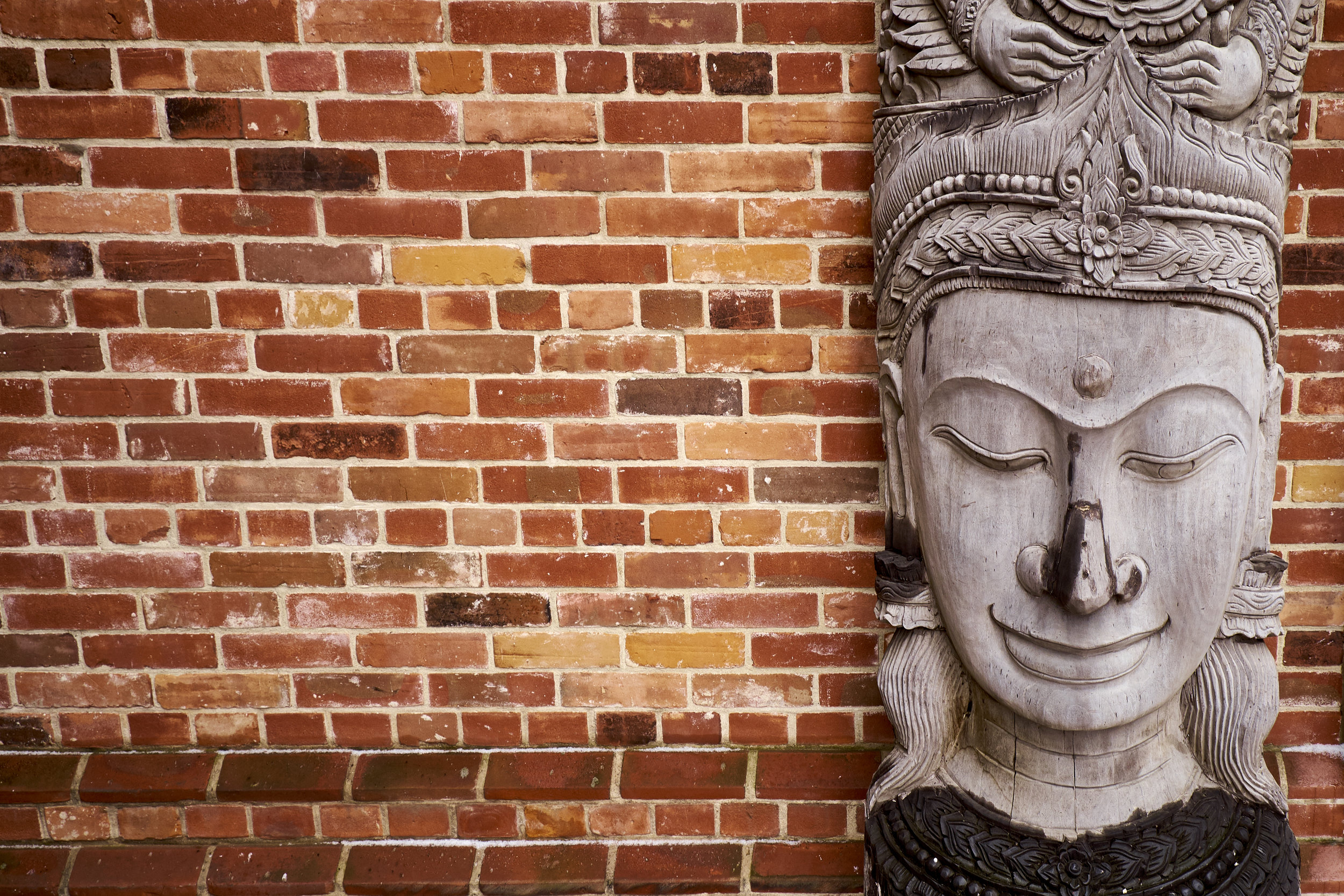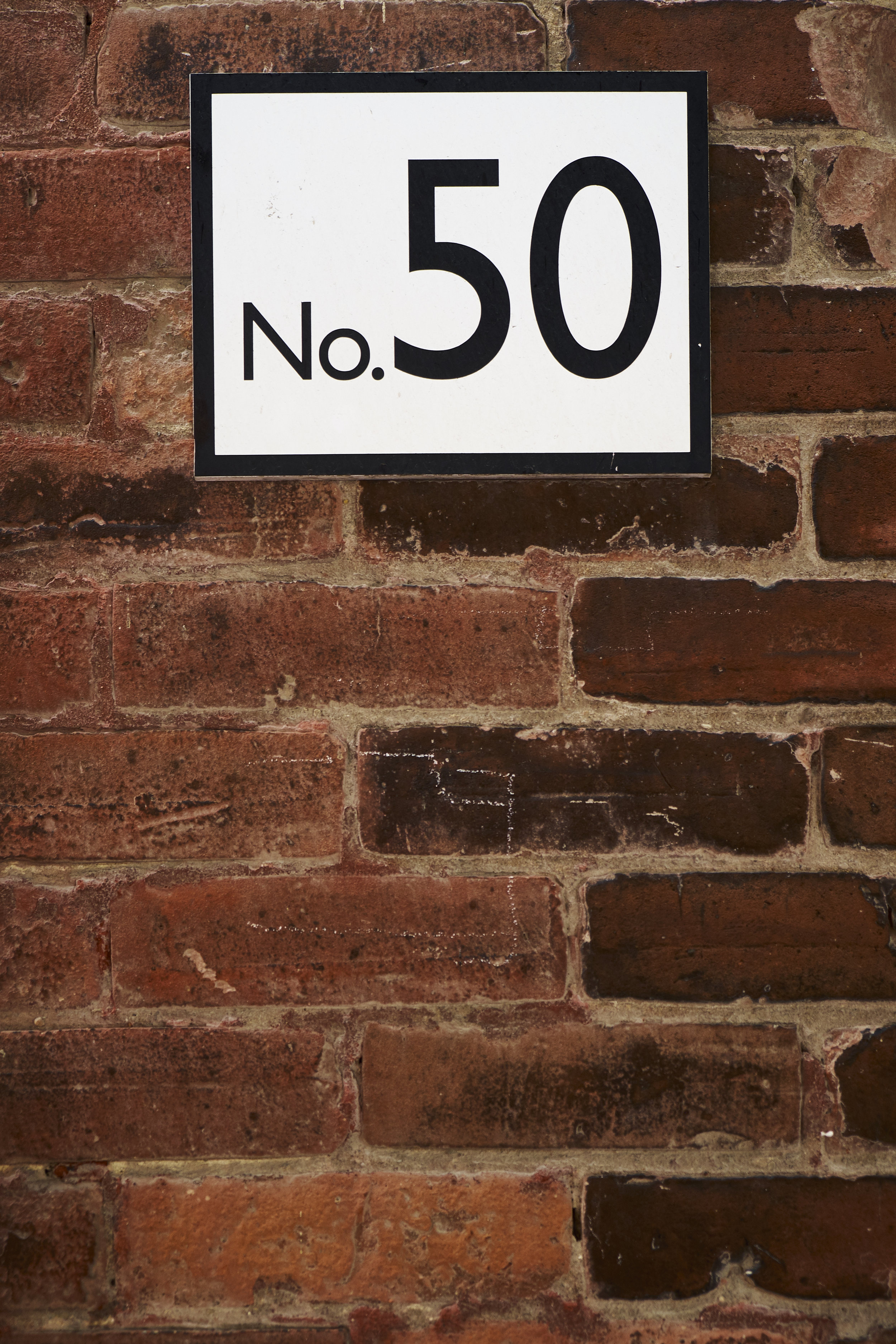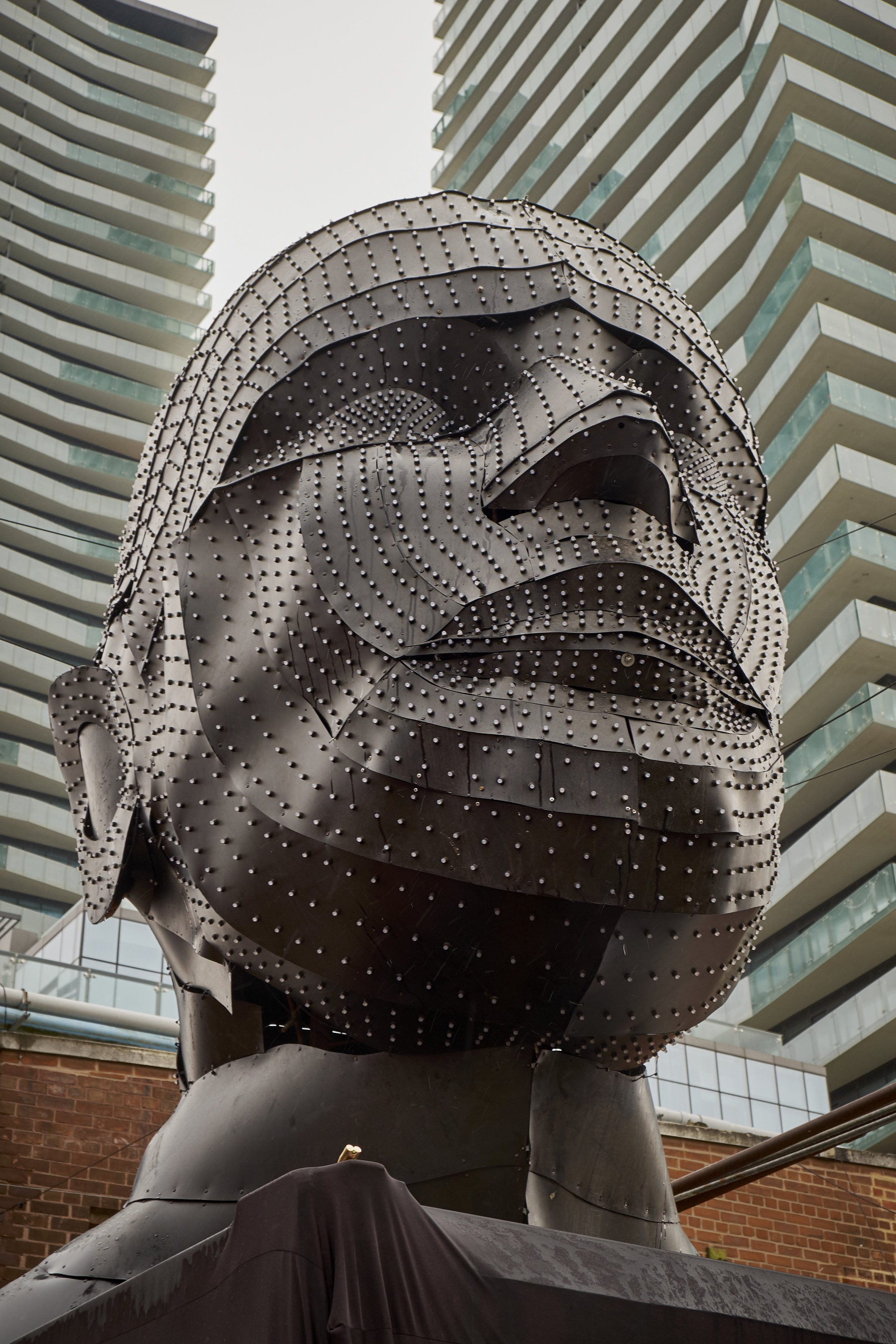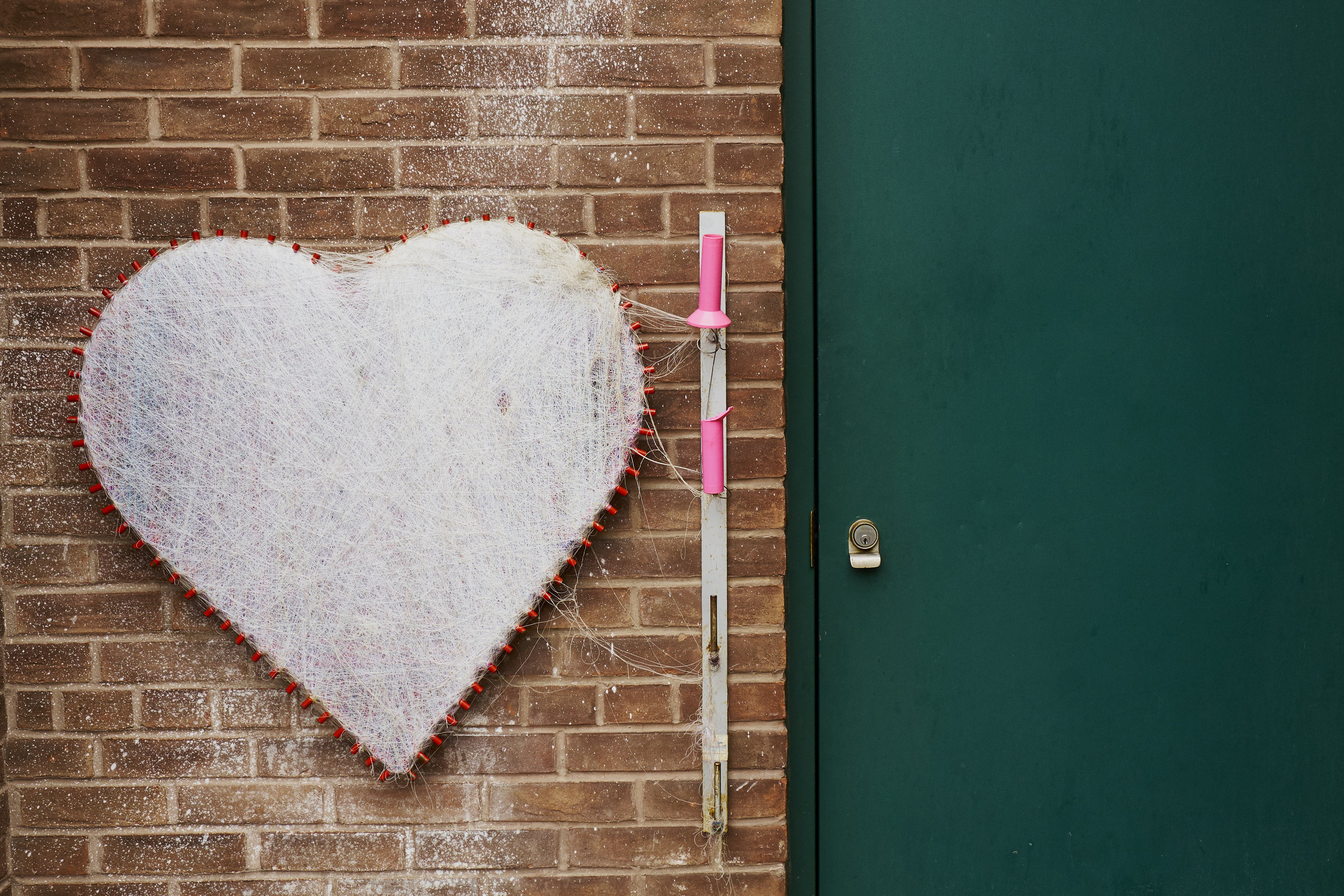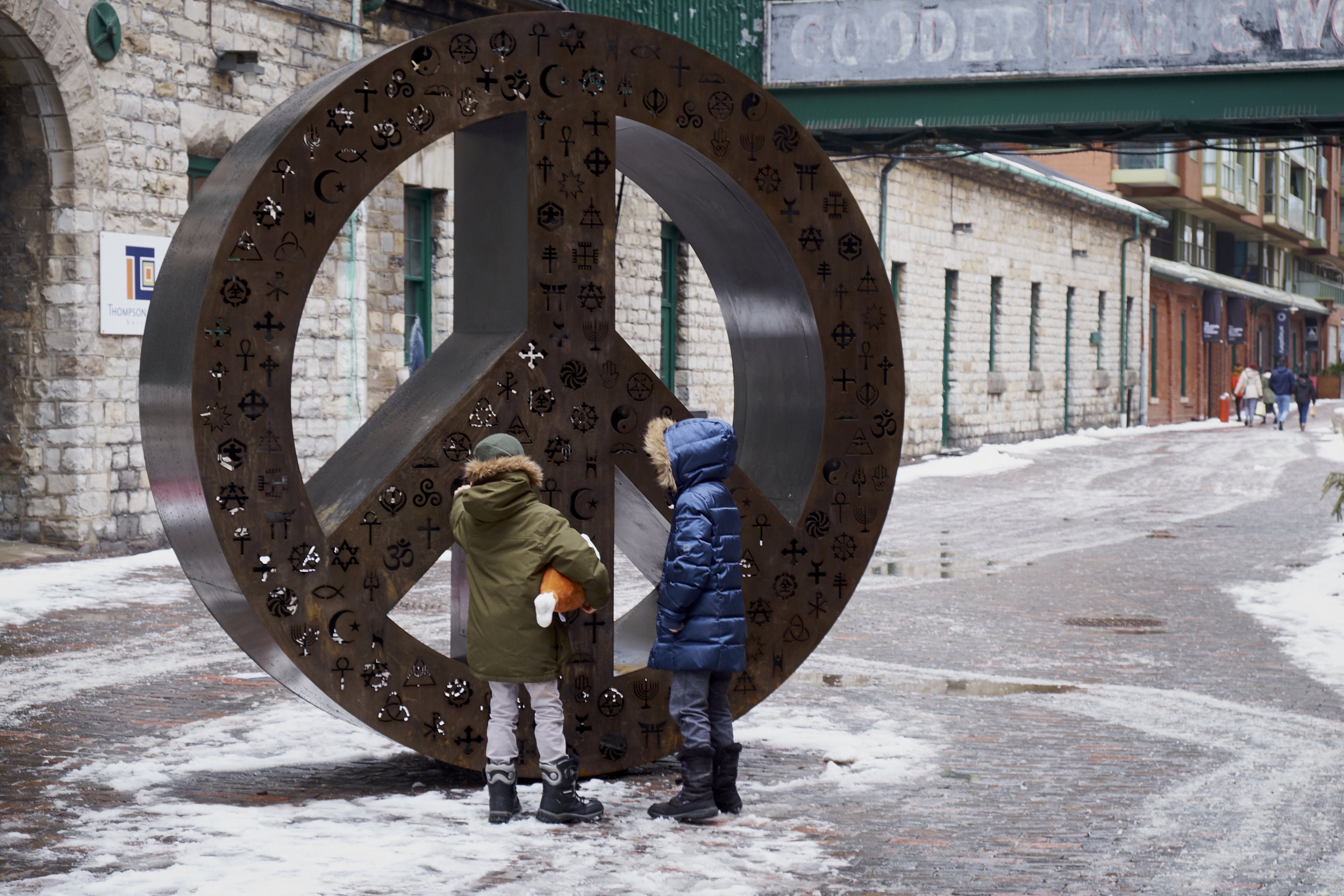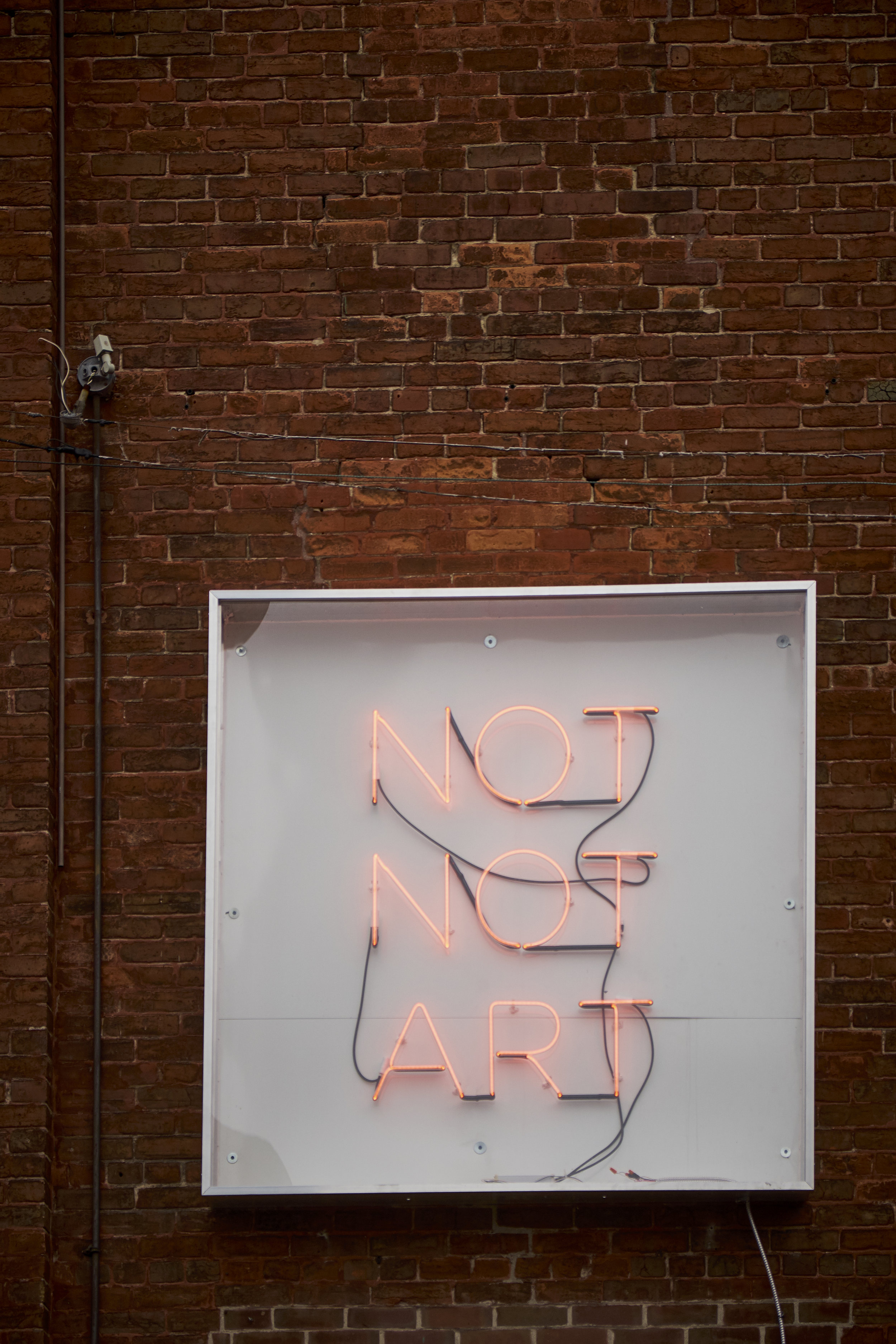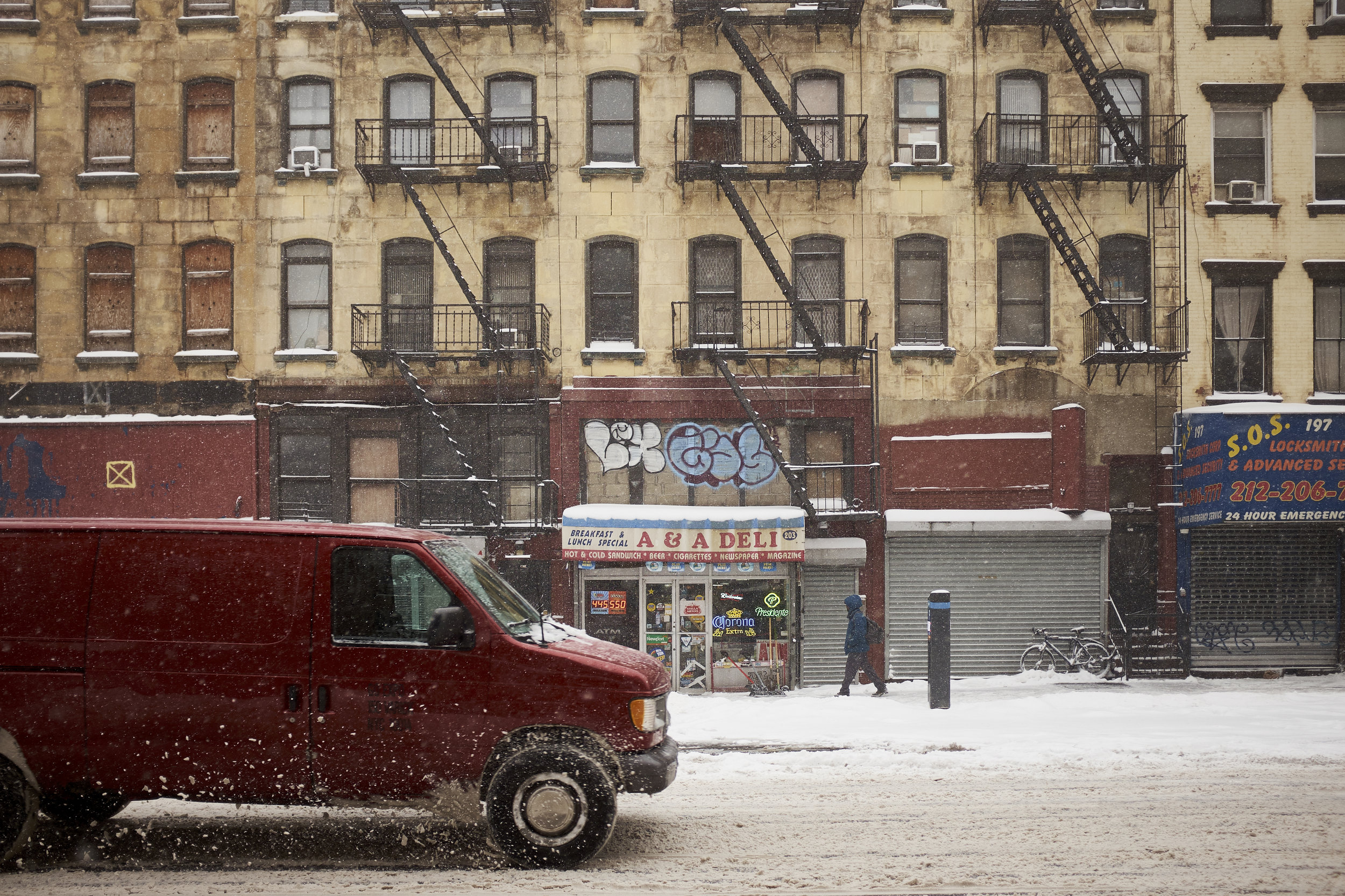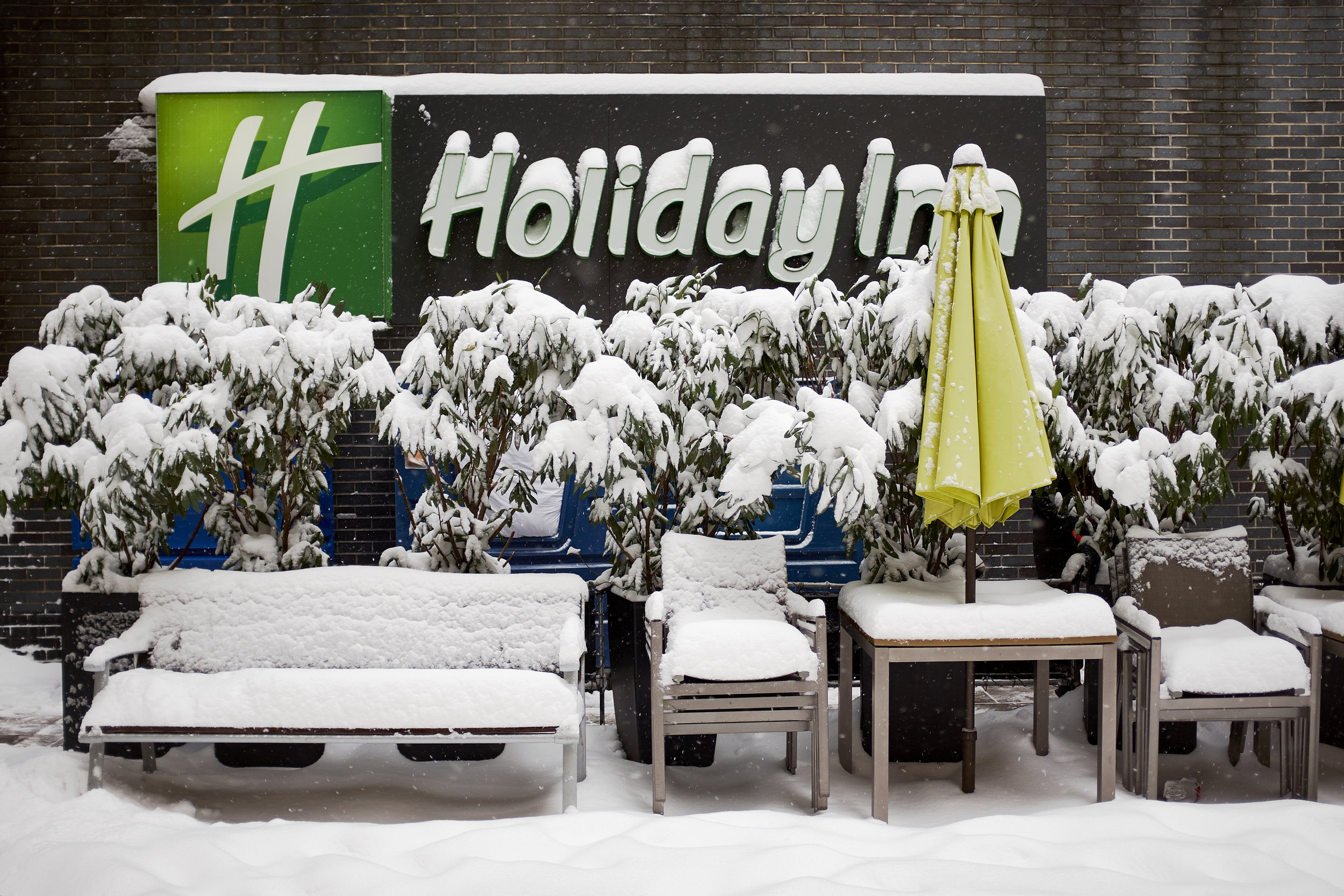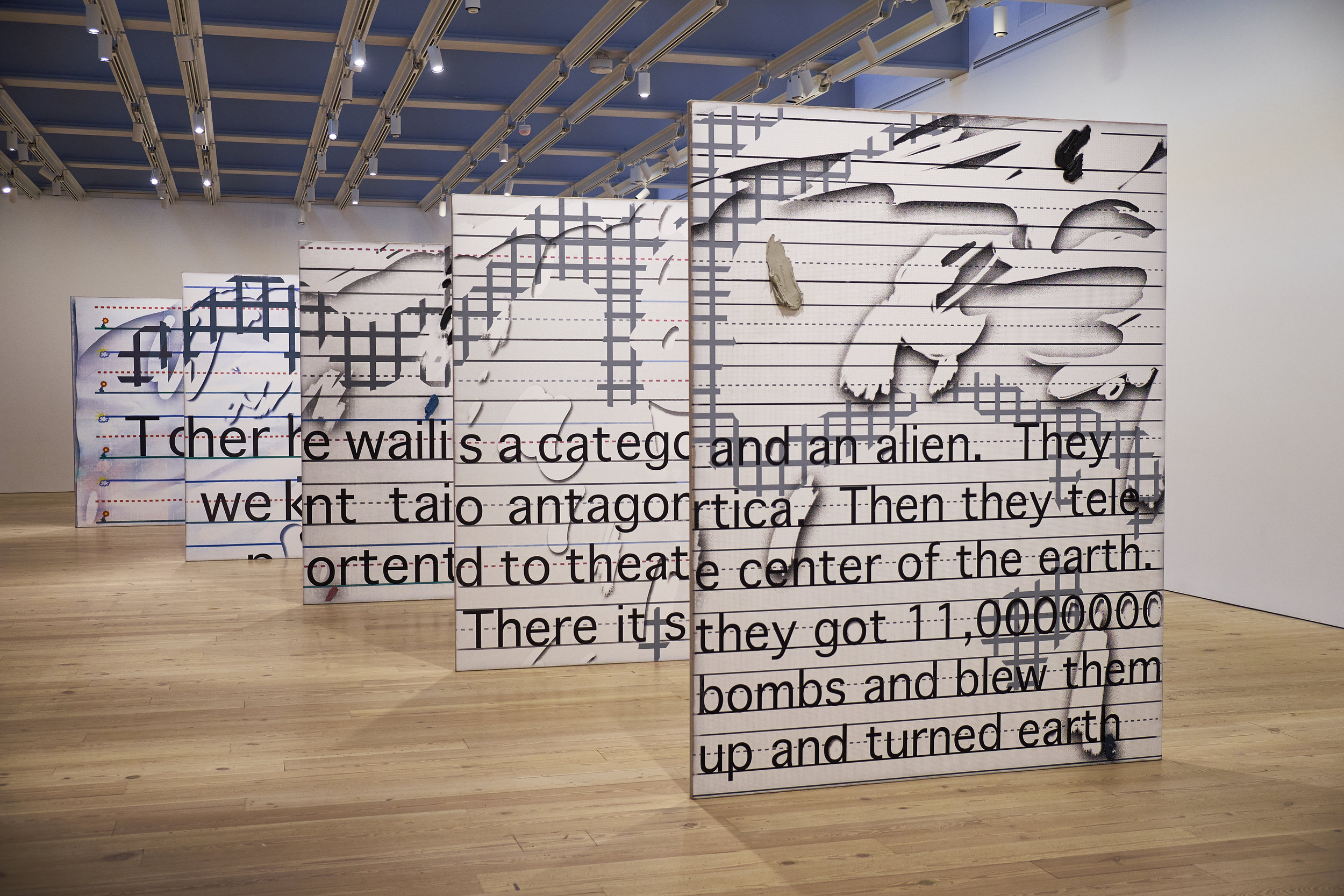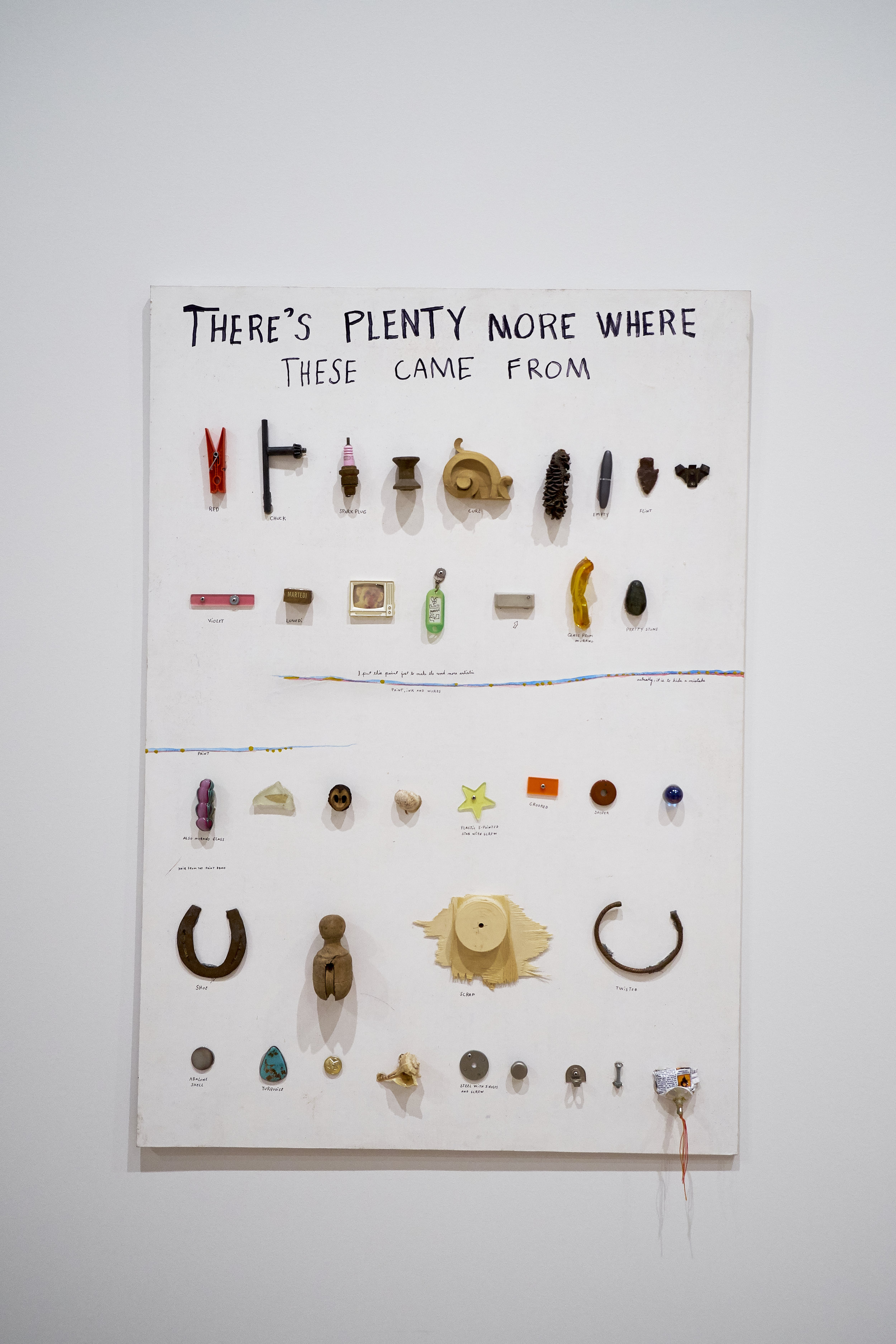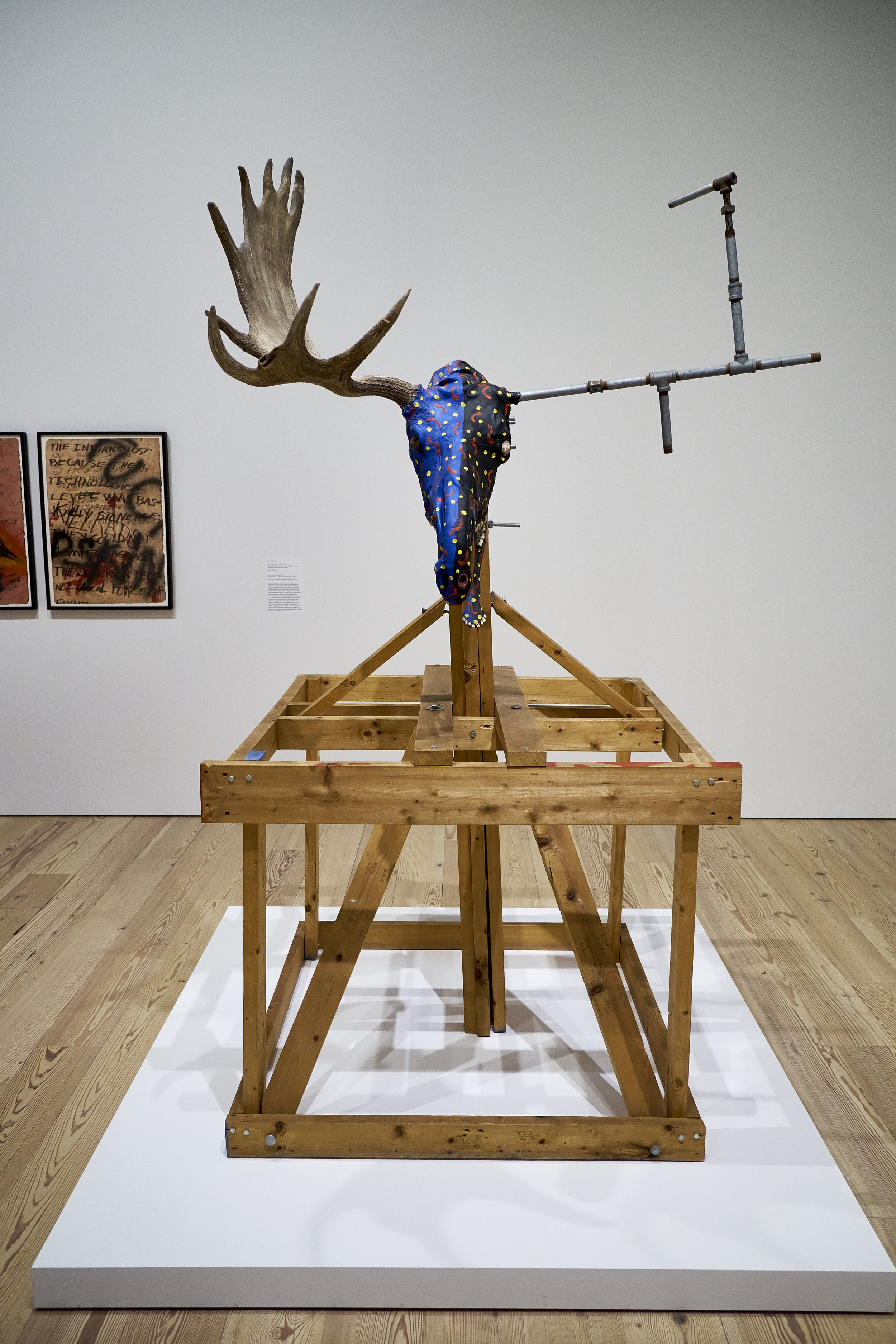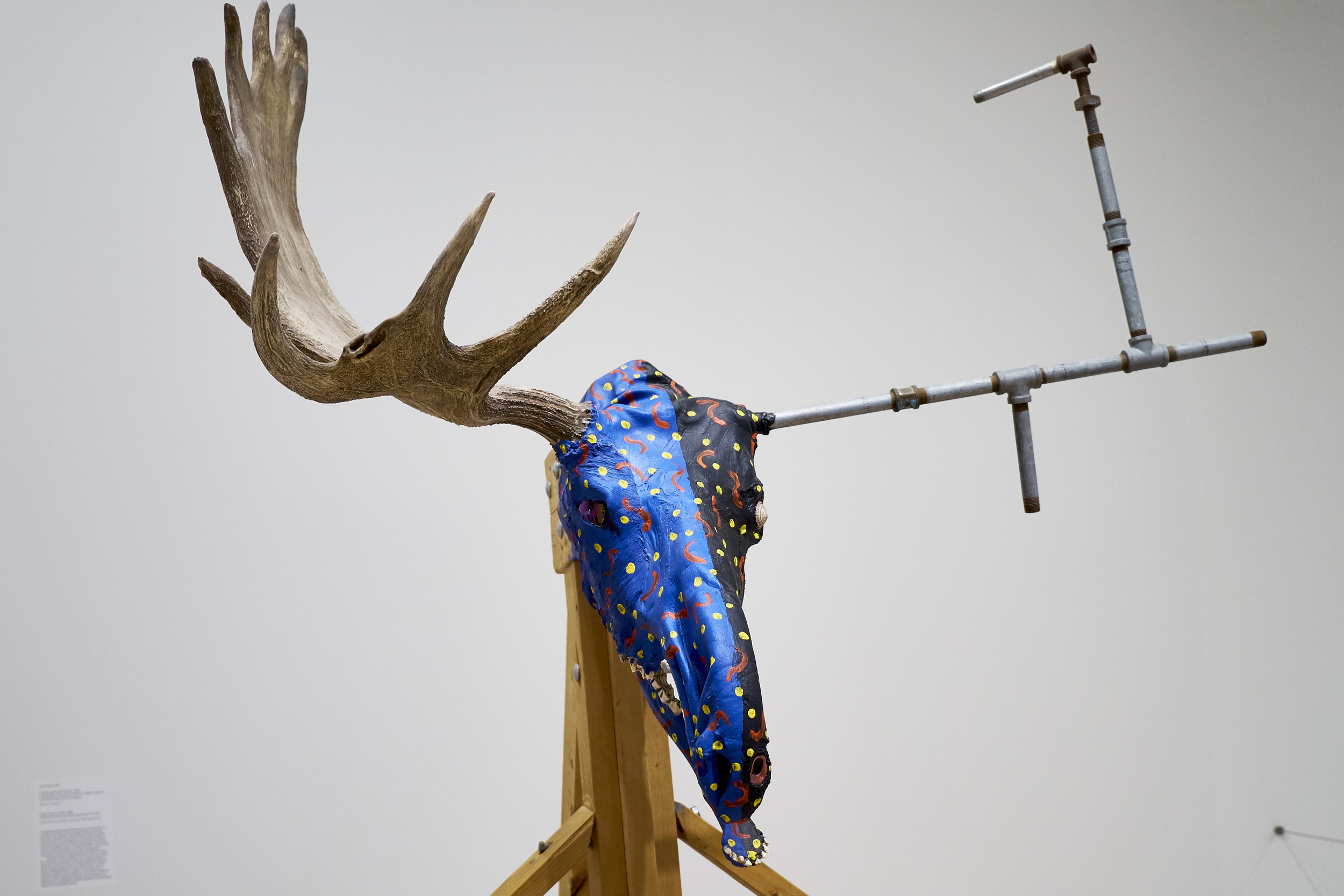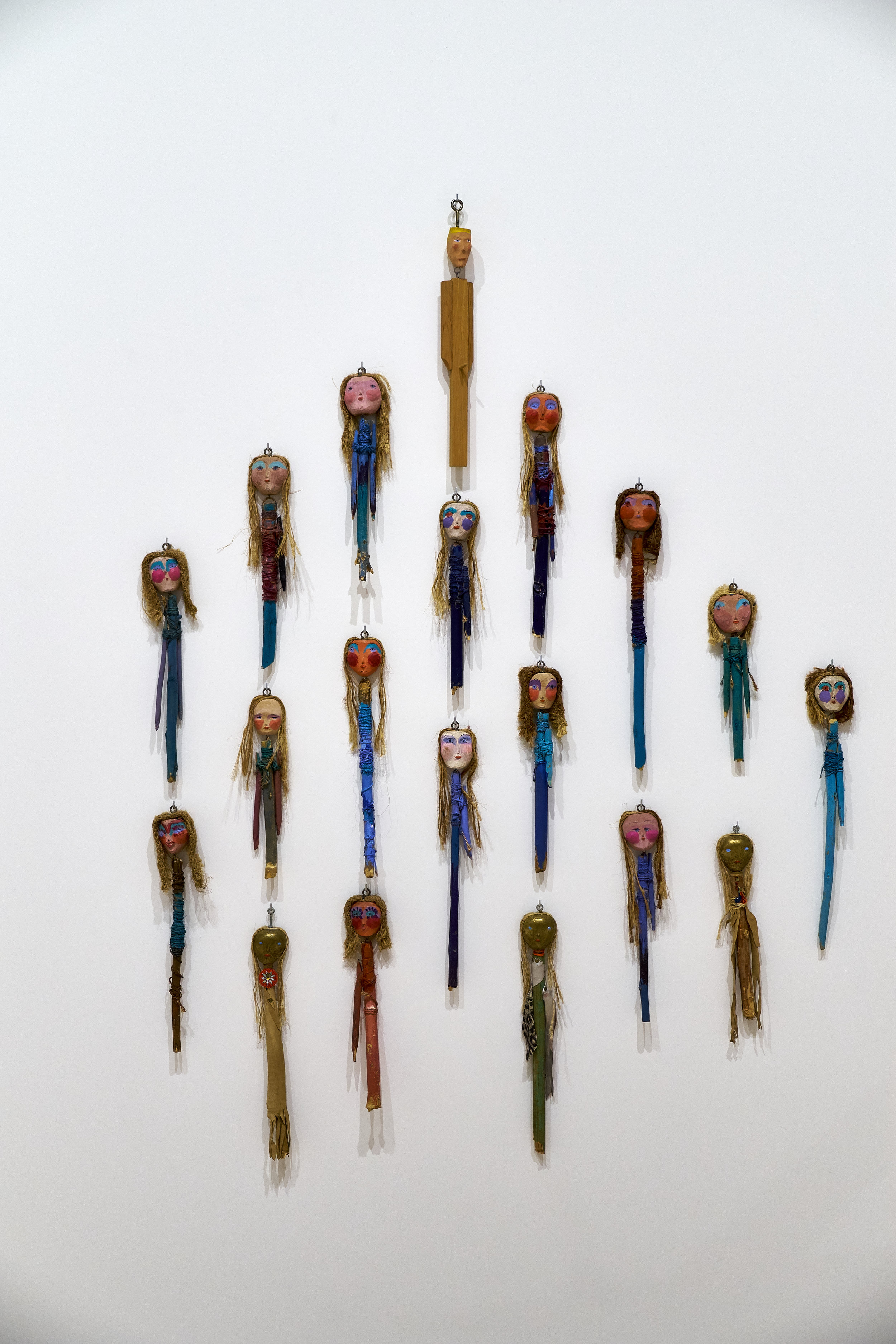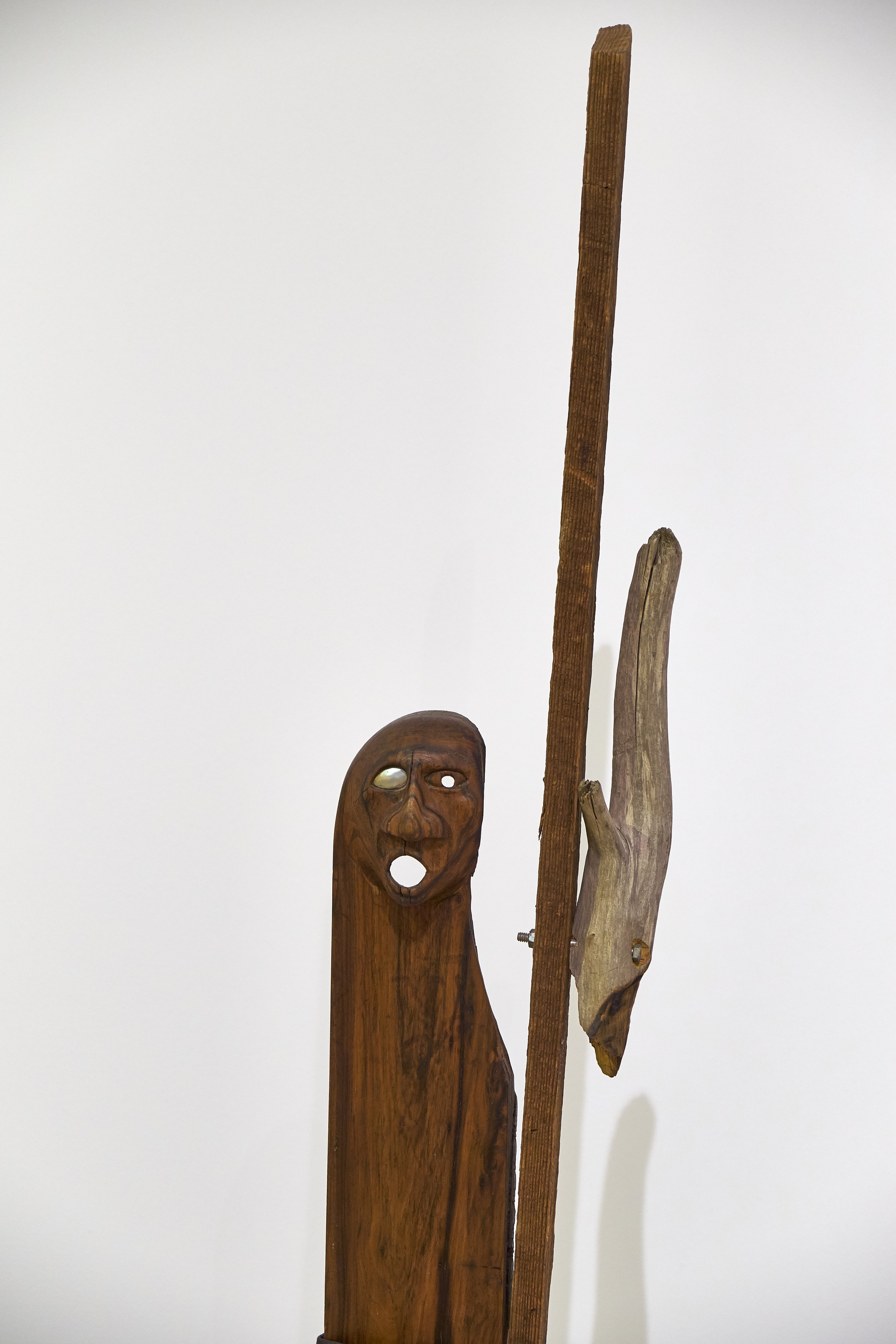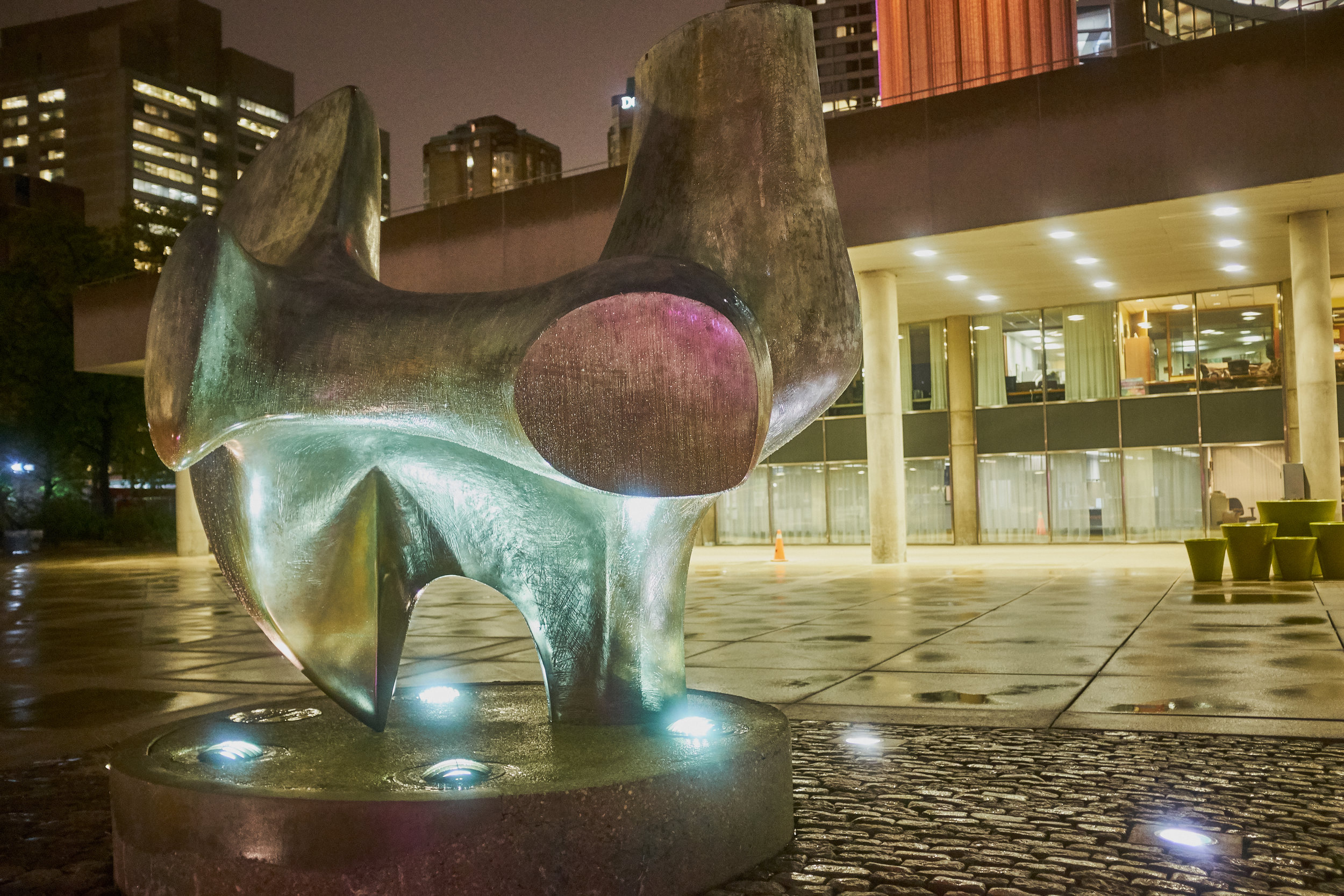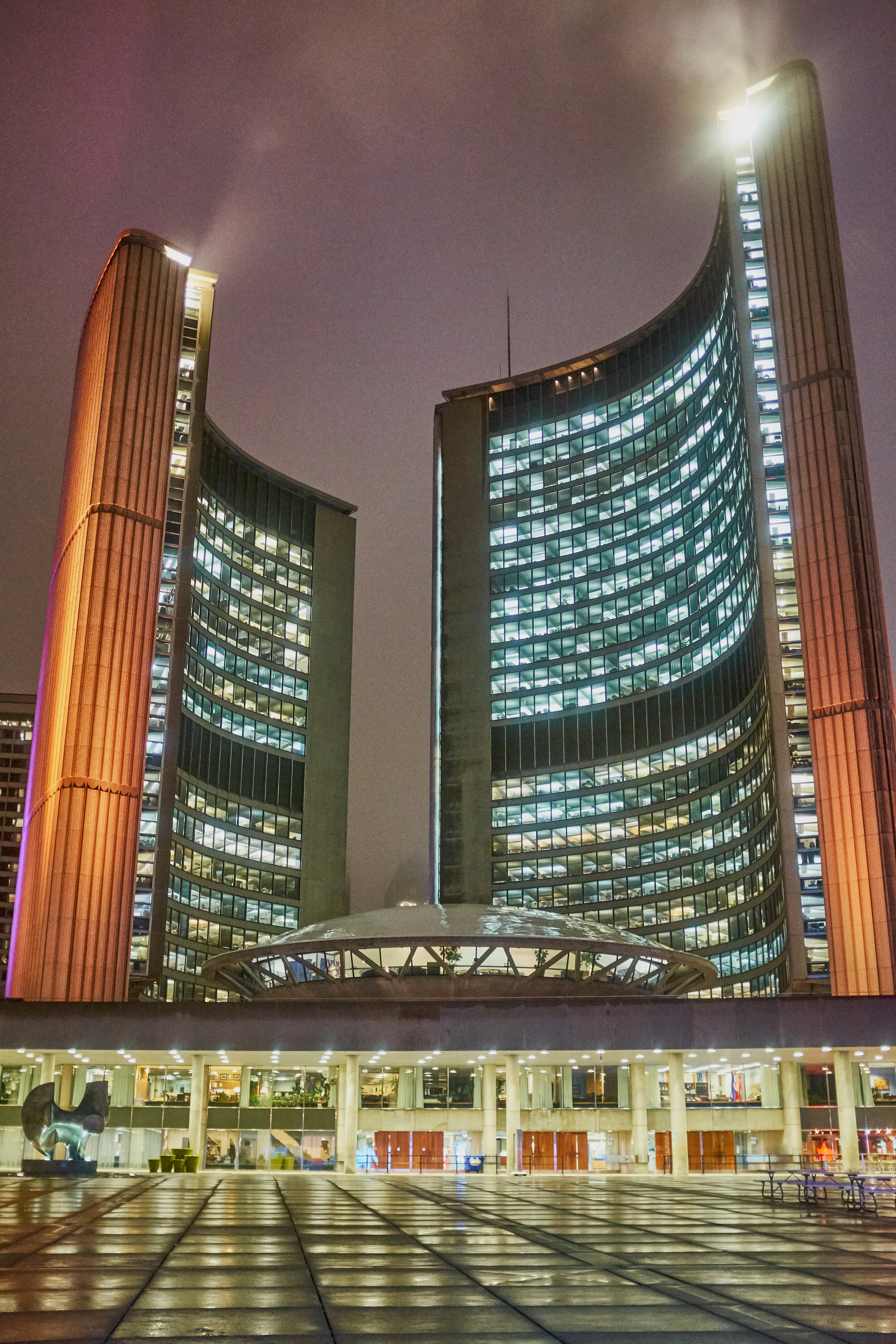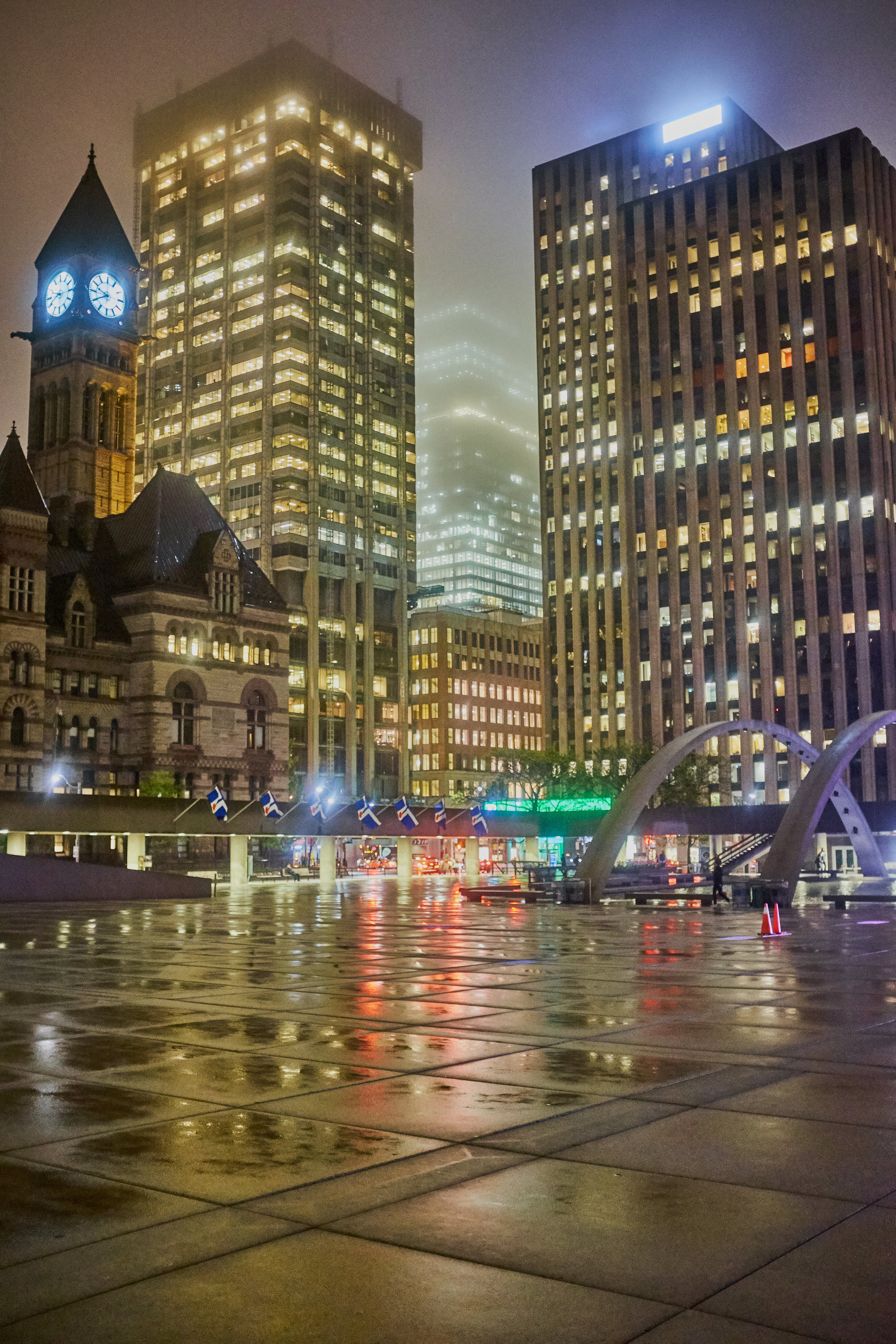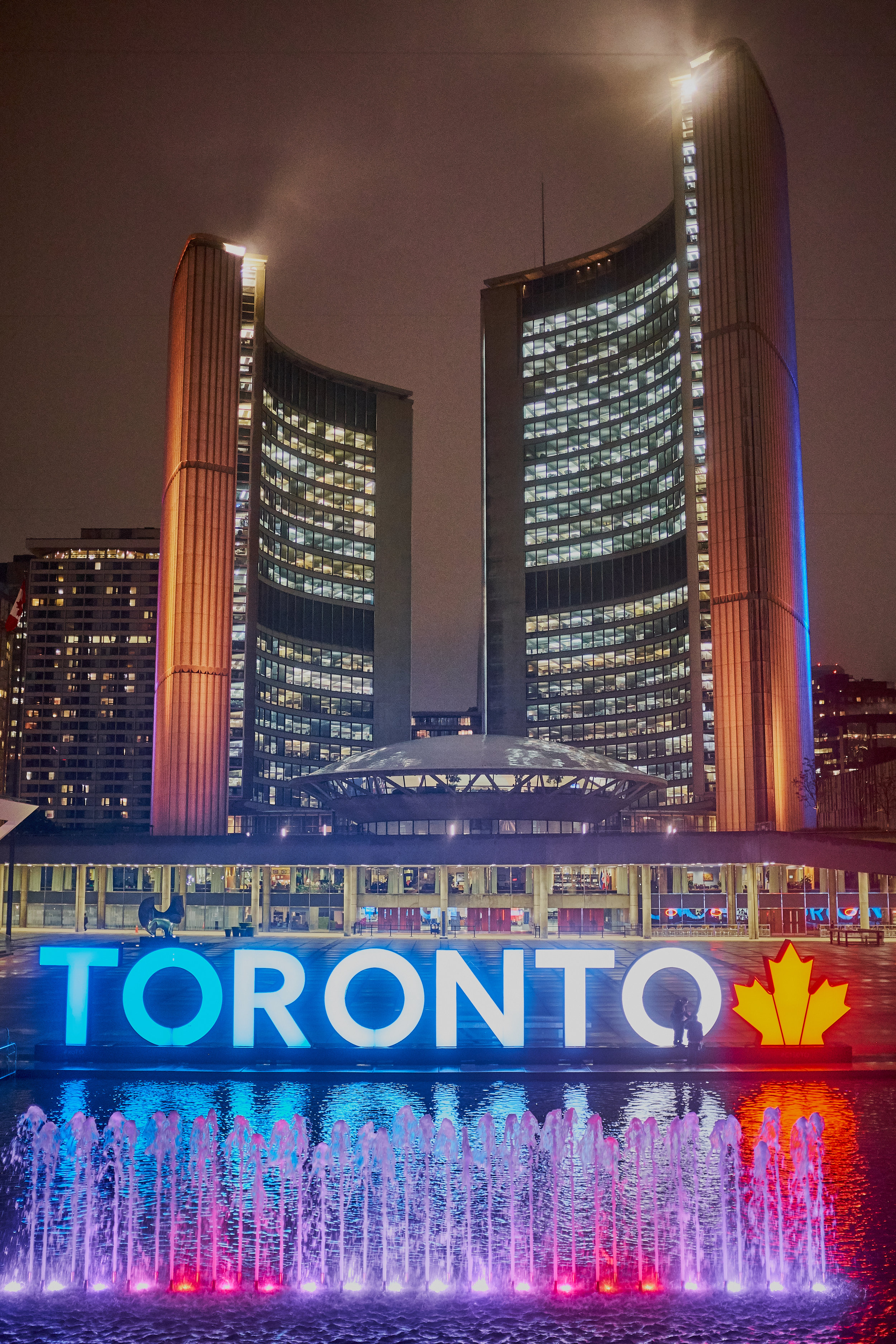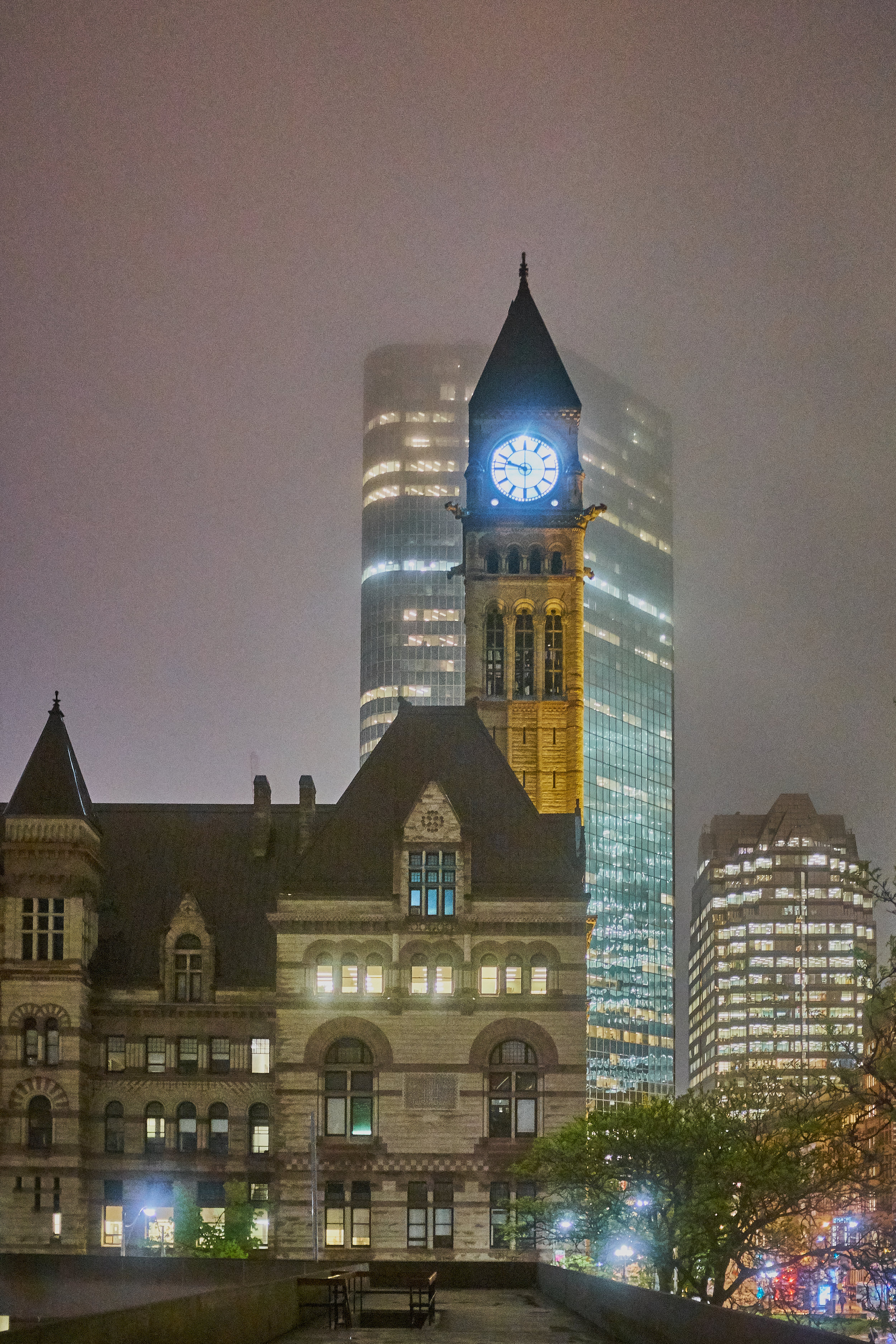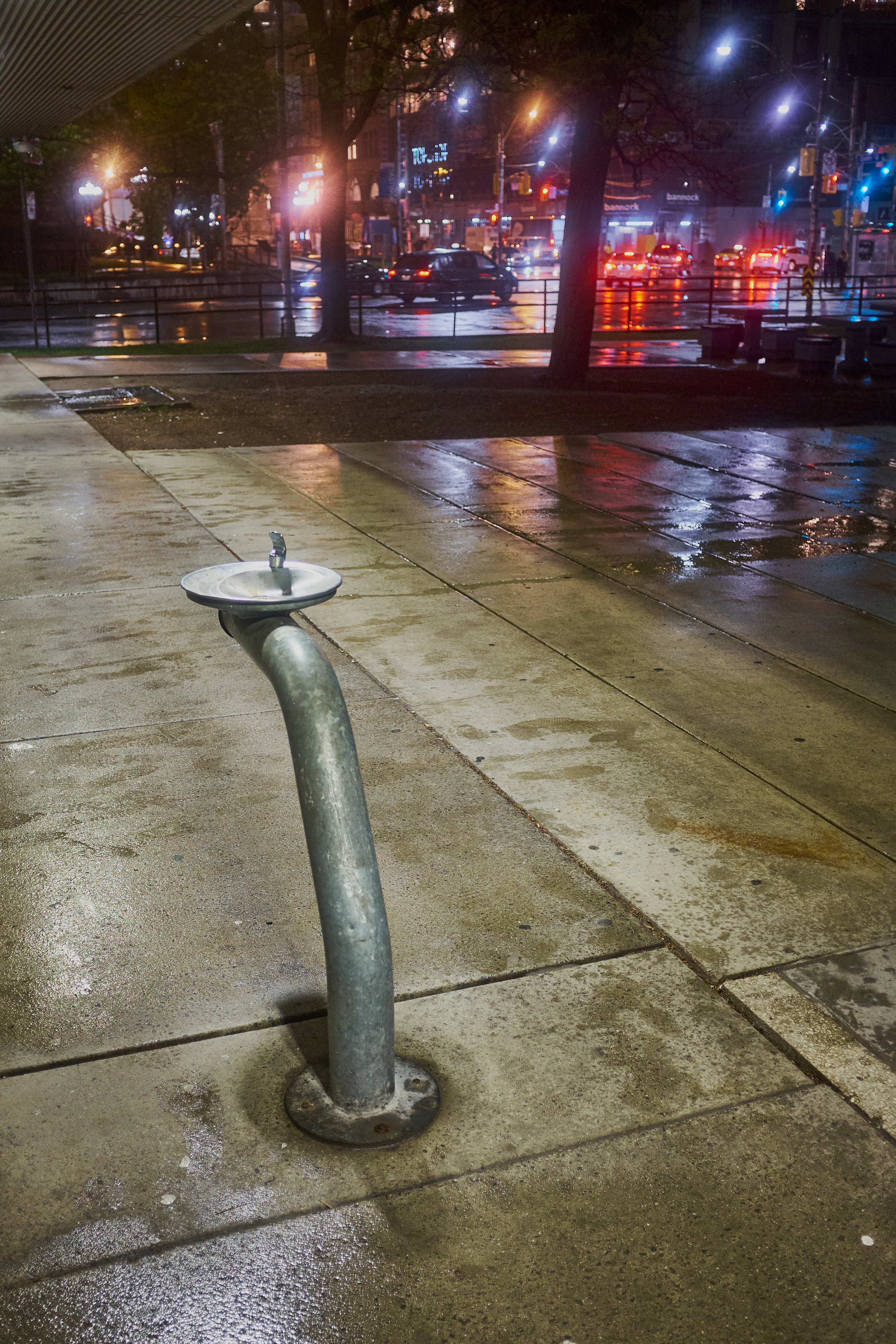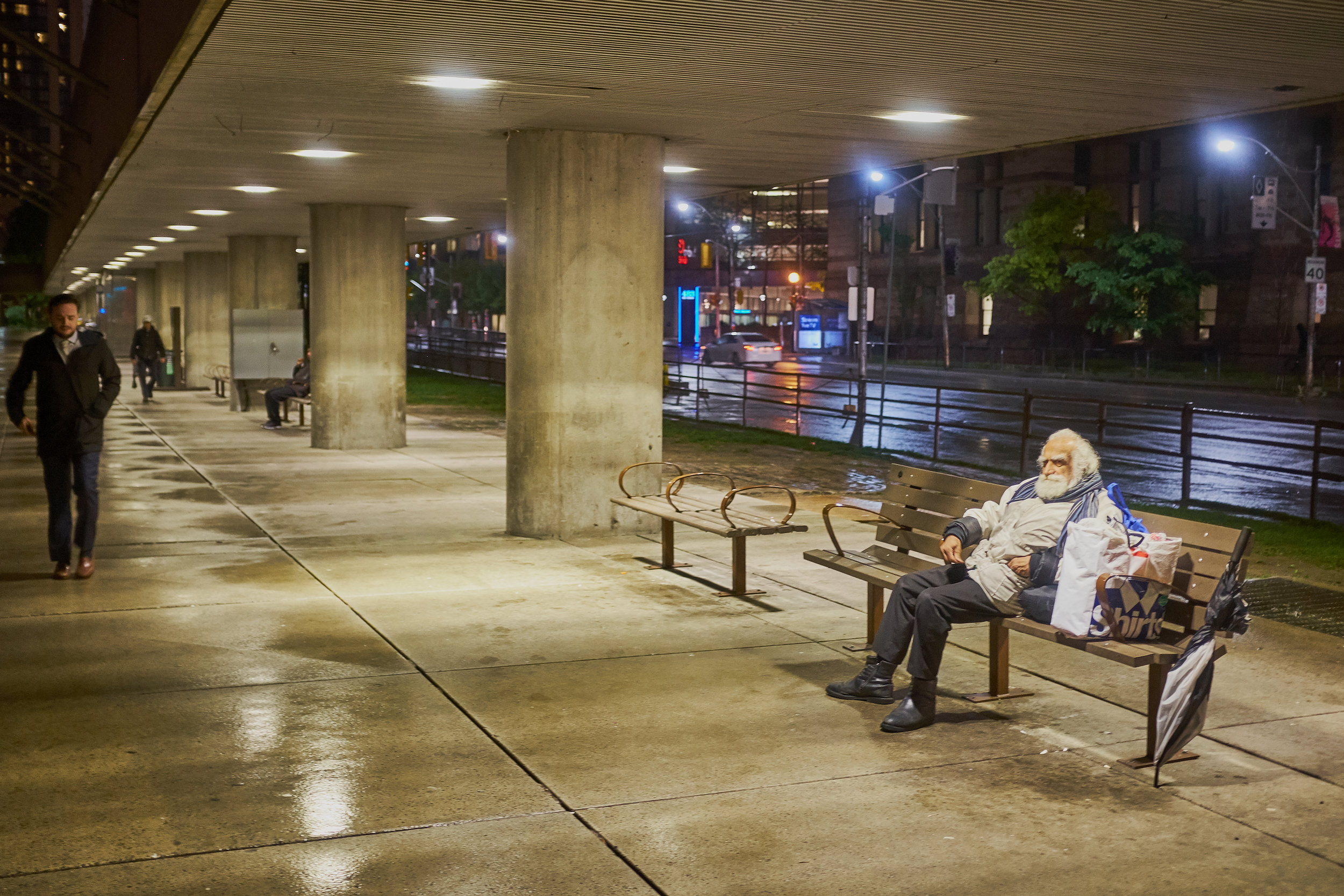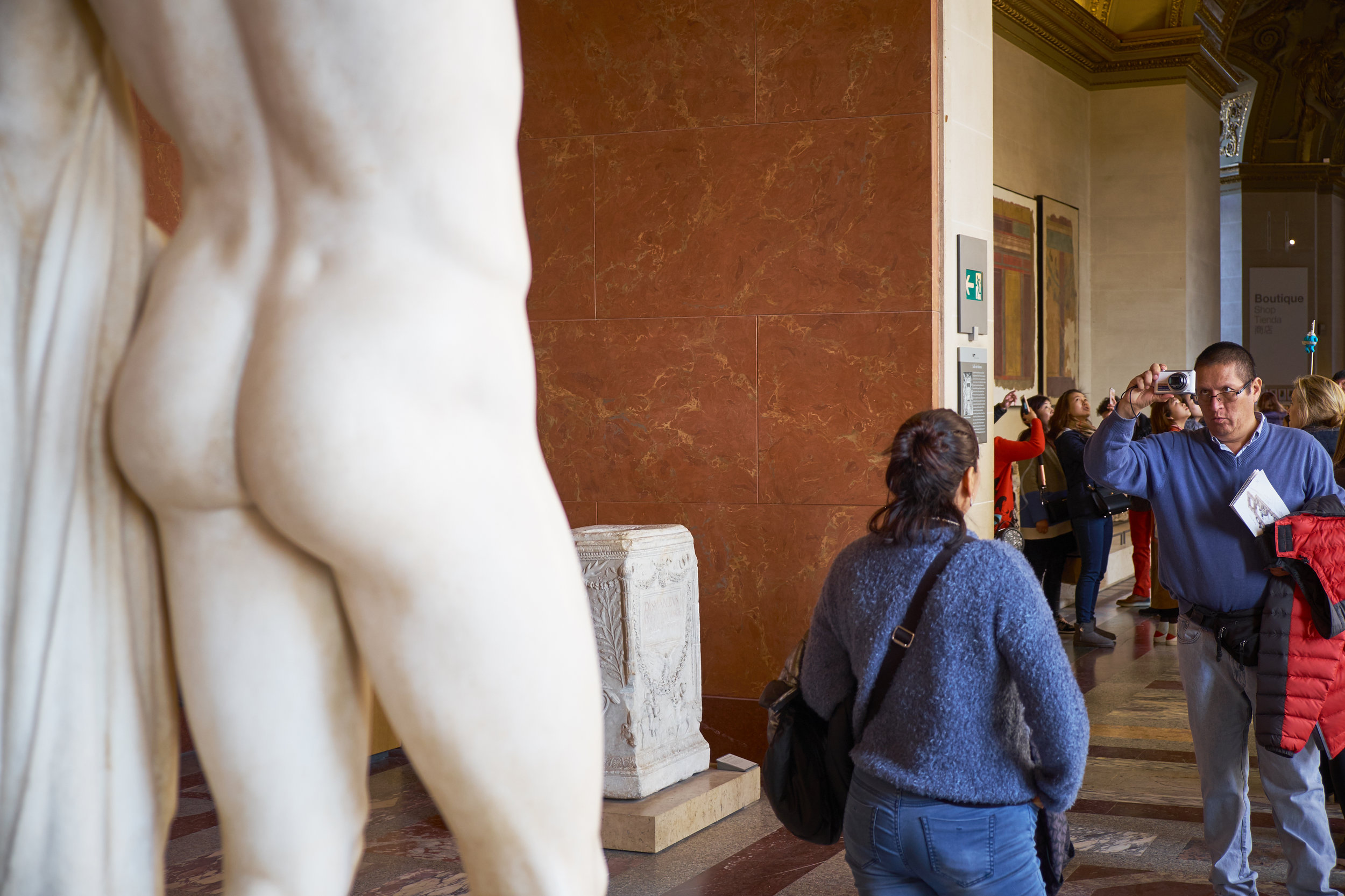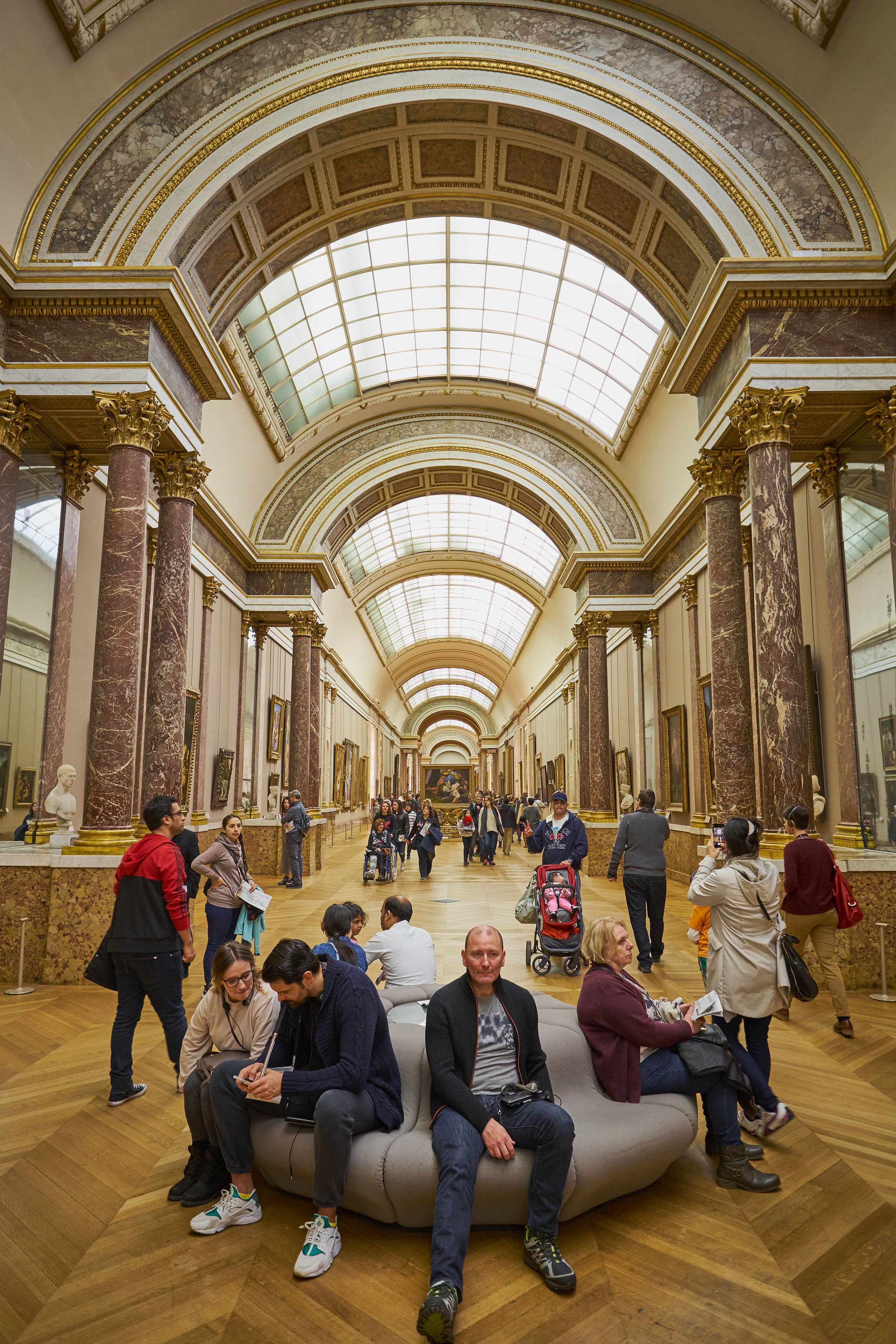What could I say about the Musée du Louvre that hasn't been said often and better by others? The scale of the collection is staggering and it is impossible to take everything in in a single visit. I soon found myself trying to move through rooms too quickly, aware of how much more there was to see. After a short while I realized that I was doing the gallery a disservice by rushing and decided to slow down again. Better to see fewer things well than to consume the art of the centuries like fast food. For the remainder of the four hours of my visit I wandered at a comfortable pace.
And I found that not all the sights were on the gallery walls: I also found it fascinating to keep an eye on my fellow visitors who were there in their thousands. You can learn a lot about human nature from the way people act in crowds—some of it touching, some of it puzzling, some of it comical.
I would have to place people's behaviour around the Mona Lisa in the 'puzzling' category. By the time I had followed the signs to the gallery where da Vinci's famous piece hangs behind protective glass, it was obvious that I was going to visit a celebrity. Few works in the museum have their own signposts so that you can find them from several galleries away. I could have waited my turn in the long line to see the painting from a couple of metres away, but it seemed to me that the crowd itself had become the story. I could not believe how many people, having queued up to see the painting, immediately turned their backs on it so that they could take a selfie.
I understand that people want to document their experiences, but many of them spent no time at all contemplating one of the world’s most famous pieces of art. They were oblivious to the object in front of them, which seemed to have little or no significance of its own. Instead the work was there to validate their importance or experience. It didn't point to anything grander, more beautiful, nobler, more challenging or universal than… me.
So, a short series of images of guys and galleries at the museum, starting with Mona and ending with Marianne ... and a tired fellow visitor.
